Breaking old habits can be hard, but what better time to start than the summer? This summer, make the pact to change your unsustainable habits by finding easy ways to ditch single-use plastics in your everyday life.
Single-use plastics, or disposable plastics, are most commonly found in packaging. In 2015, packaging — primarily single-use materials designed for immediate disposal — accounted for 36 percent of more than 400 million tons of waste produced.
iSEE Communications Intern Taylor Jennings shares some tips and tricks to help you get started on reducing your plastic use.
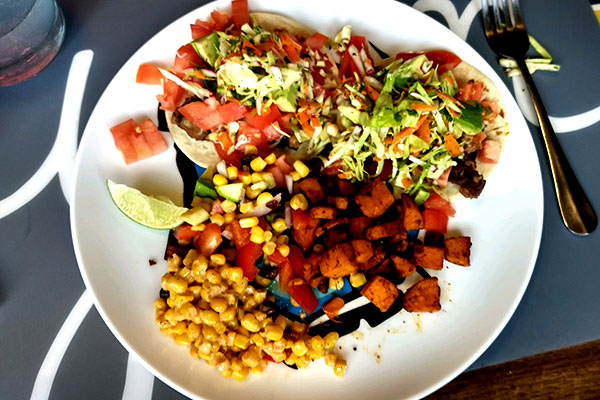
- Learn to Cook
Summer is the perfect time to try new activities. You no longer have schoolwork bogging you down every night and keeping you trapped in an endless cycle of microwave or carryout meals. Revel in your freedom!
One of the biggest ways you can cut down on single-use plastics is by reducing the amount of processed foods you eat. Processed foods, like microwave meals, are neither good for you nor the planet. They come in a variety of bags or plastic containers sealed with plastic films, and are usually packaged in even more plastic wrap.
Buying unprocessed foods helps create a dent in your single-use plastic consumption. Plus, cooking is a great way to spend time with friends and family — or just jam out in your kitchen listening to your favorite tunes. Learn a skill this summer, and help the planet while you’re at it.
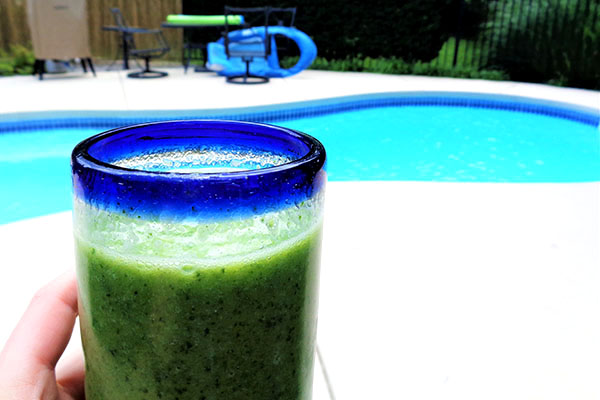
- Ditch Store-Bought Juices & Smoothies
Another way to cut out processed foods is to drink freshly made juice! Anything from homemade smoothies to homemade juices cuts out preservatives or sugars not naturally found in the beverages. Store-bought juices have ingredients like synthetic vitamins and minerals, sweeteners, colorings, and artificial flavors, and are typically 80 percent water.
Making fresh juice or smoothies at home not only helps you ditch the disposable plastic containers, but also the single-use straws that come with them. Plus, fresh juice contains more of the good stuff, like vitamins and nutrients, which make you feel better.
Homemade juices and smoothies are also a perfect way to use up your ripening fruit!
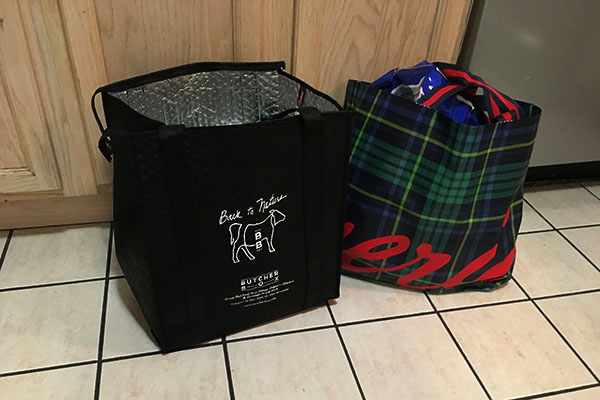
- Reinvent Grocery Shopping
The world of grocery shopping has changed drastically within the last couple of years. Consumers have become more aware of the dangers of plastic bags. A Balinese campaign called “Bye Bye Plastic Bags” was started by two teenagers to petition the government to phase out plastic bags by 2018. This type of public awareness is enacting change, and we’re starting to see it everywhere.
There are a few ways you can improve how you shop. First, buy fresh foods: anything that is not already packaged. When you buy fresh, bring your own reusable produce bags. You can purchase a variety of bags — three different sizes and machine washable! — from Amazon for a modest price. You’ll no longer have to use flimsy plastic for your produce, and you’ll produce less waste.
In addition to cutting out produce bag plastic, don’t forget to bring your reusable totes so that you can say “bye bye plastic!”
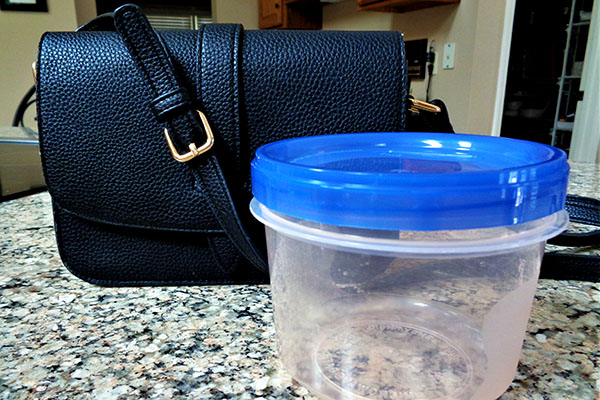
- Implement the 3 Rs of Takeout
Foamed plastics, such as Styrofoam, are commonly used in the food industry because they are lightweight, rigid, and have good insulation properties. They also take thousands of years to decompose, which contaminates soil and water, posing problems for wildlife. So the next time you go to your favorite restaurant, consider bringing your own Tupperware.
This trend isn’t as crazy as it might sound. This habit has been happening in California since the state put a ban on single-use plastic bags in 2016. This trend also benefits restaurants as they spend less on purchasing takeout containers that are bad for the environment. Make sure your container is clean; proper sanitation helps everyone.
The next time you go out to eat, remember the three Rs: refuse unnecessary stuff; retake your reusables; and reconsider your habits.
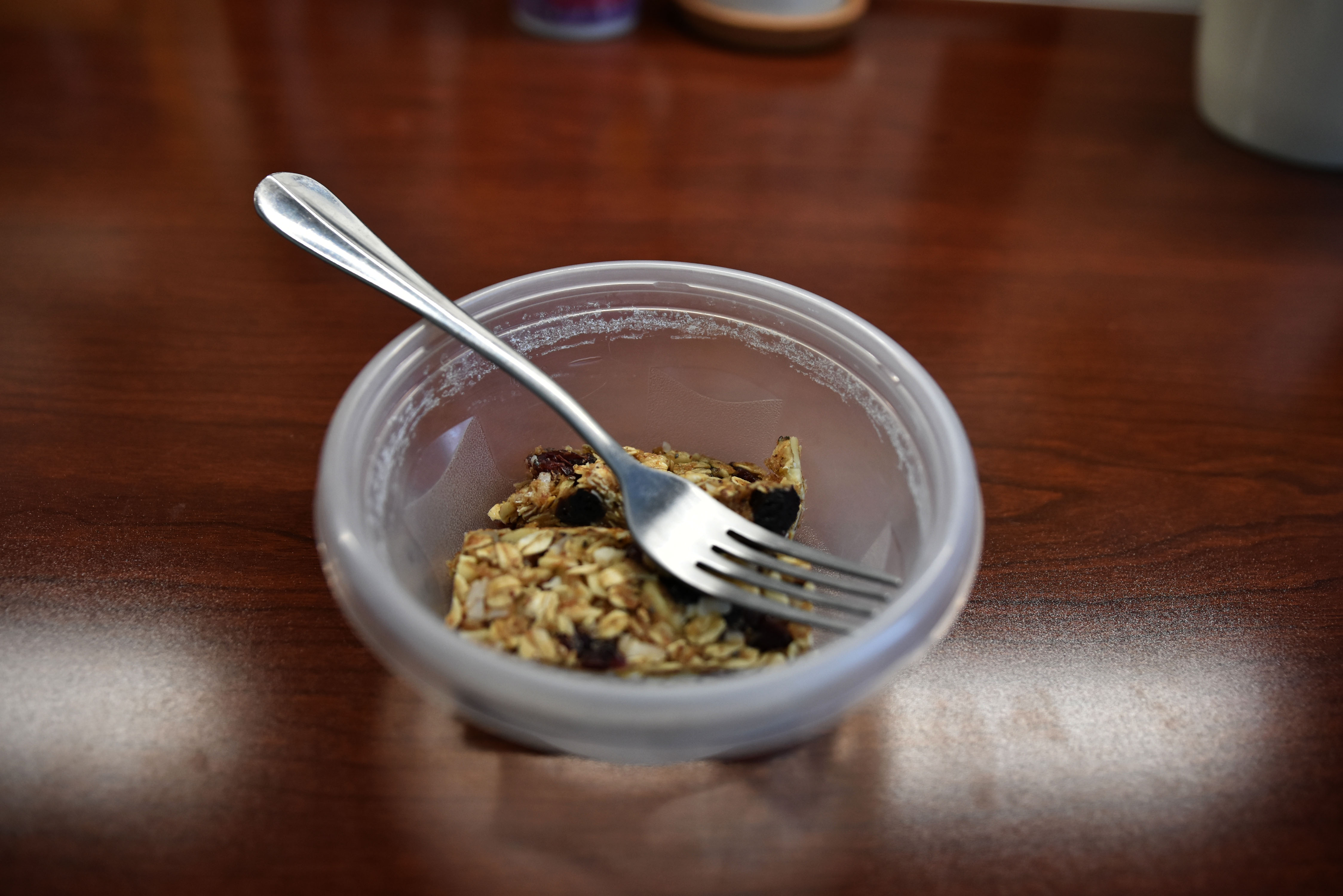
- Keep Utensils on Hand
On a similar note to bringing your own takeout containers when you dine out, remember to keep silverware on you — either in your car or in your bag.
Why use a crummy plastic spoon for 20 minutes and have it sit in a landfill for a thousand years,when you can use your nice utensil from home?
And if anyone tries to give you grief about carrying around utensils, remind them about the 6 million tons of disposable plastics discarded a year currently endangering our marine life.
A variety of utensil sets can be purchased on Amazon — anything from pocket-sized to bamboo, and even varieties that go on a keychain! Some sets even come with a reusable straw.
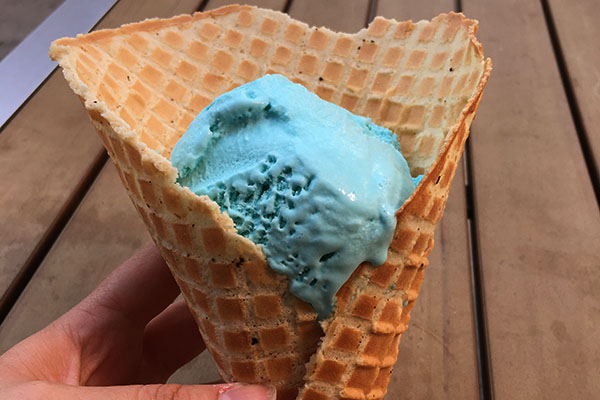
- Go for the Cone
The next time you go out for ice cream with friends, opt for the cone over the cup. Each year, the average American will eat ice cream 28.5 times! And if each American chooses the cup each time, that would amount to about 10 billion ice cream cups in the landfill per year.
Corporations like Ben & Jerry’s are making the switch to more sustainable practices, having vowed to transition to wooden spoons by April 2019 and providing paper straws on request. By 2020, they aim address the problem of their plastic cups and lids served with their ice cream. However, this isn’t the case with all places that serve ice cream.
Until all ice cream shops adopt better practices, do yourself and the world a favor and go for the cone! This is also the perfect time to whip out your reusable spoon.
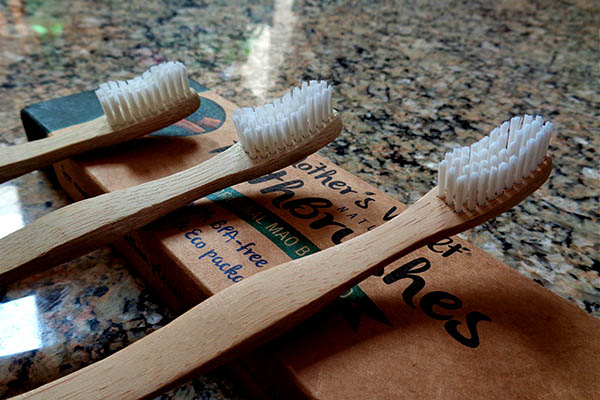
- Brush with Bamboo
The American Dental Association recommends that you replace your toothbrush every three months. If all Americans replaced their toothbrushes that frequently, there would be 1.3 billion brushes added to landfills annually. Plastic toothbrushes are not only bad for the environment, they could be bad for your health, too. Toothbrushes are made from a combination of plastic derived from rubber and crude oil. The manufacturing process also contains a variety of harmful plastic byproducts.
Not only are bamboo toothbrushes antimicrobial, which kills bacteria on the surface, they’re biodegradable. After three months of use, you can throw the entire brush into the compost. One tip for making sure your brush is sustainable is to look at the recycling instructions. They’re probably made from Nylon-6 instead of Nylon-4 materials, which are not in fact recyclable, if you must remove the bristles before compositing.
Best news yet: Bamboo toothbrushes are just as good as a manual plastic toothbrush!
In 2015, almost 50 percent of plastic waste globally was generated from plastic packaging. Consumers drive markets, and you’re a consumer — so your choice matters! Think twice before you buy.
Use this summer to generate some positive changes in your life and in the world!